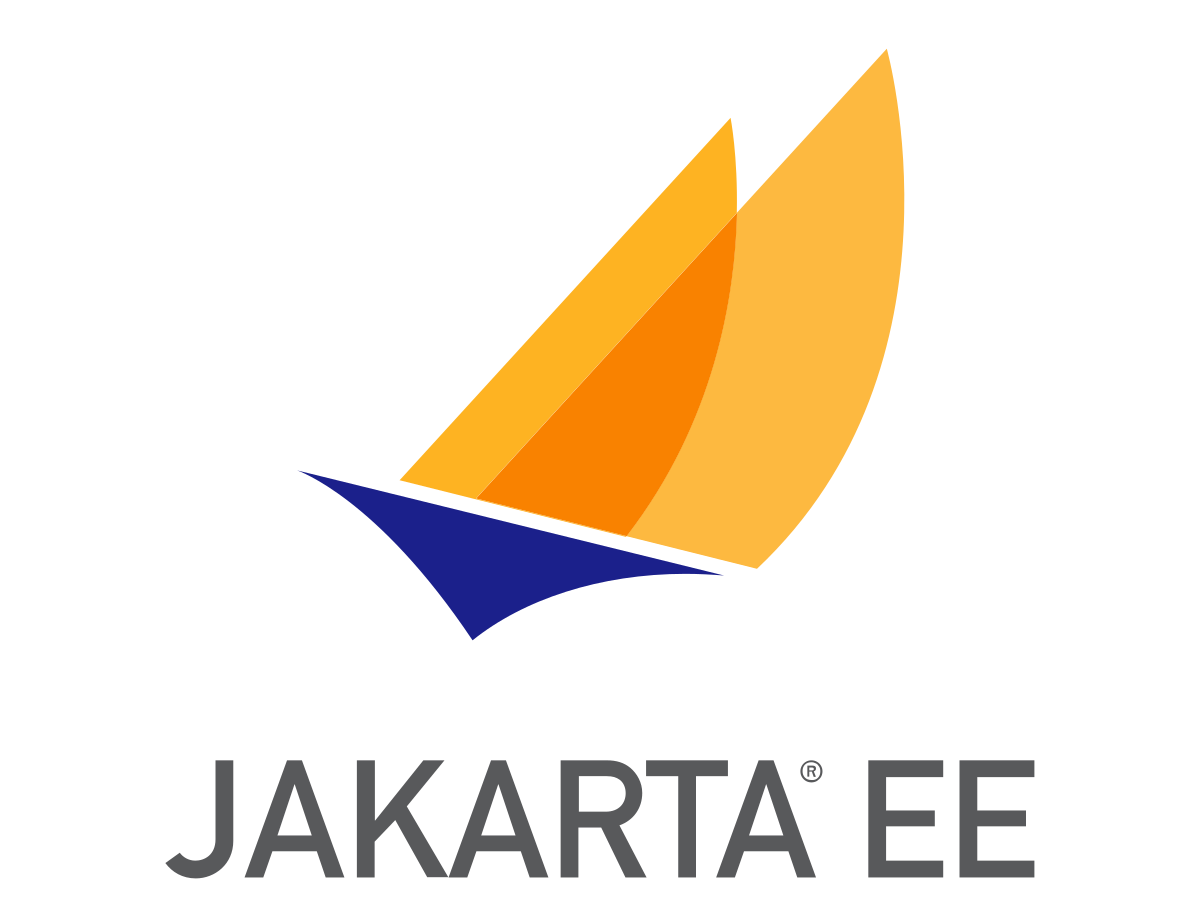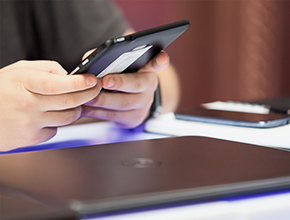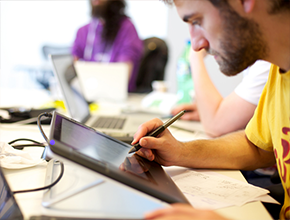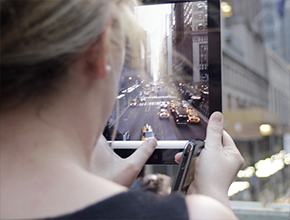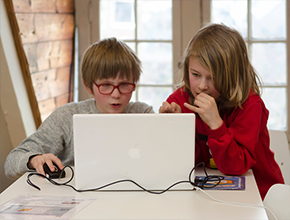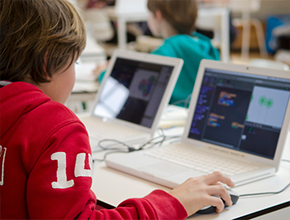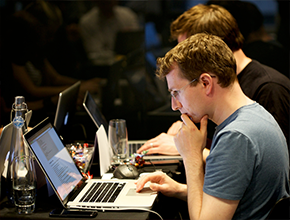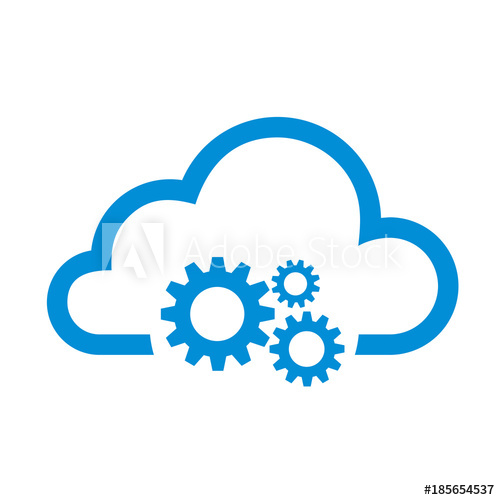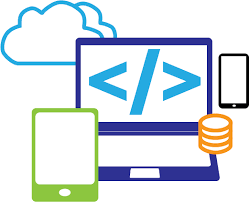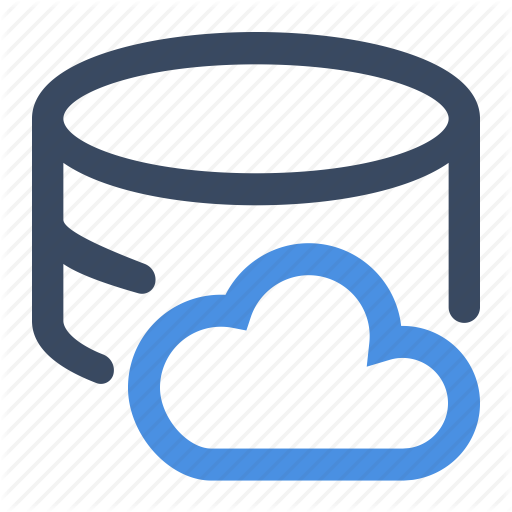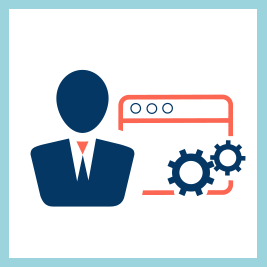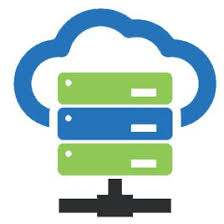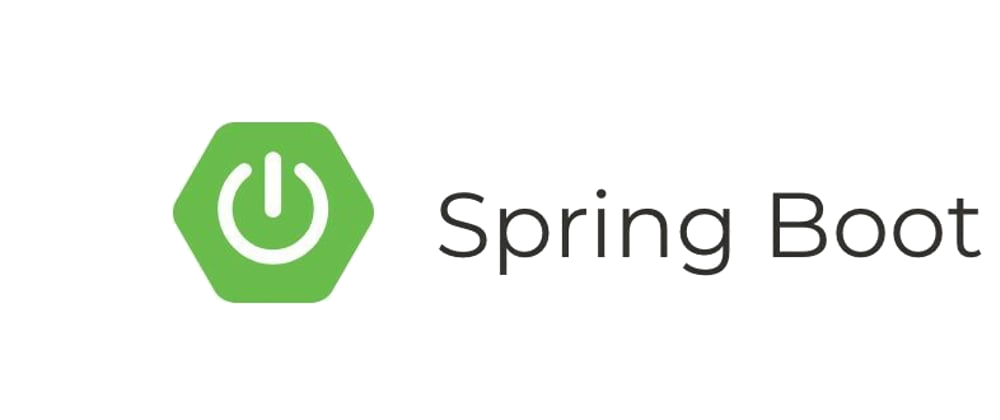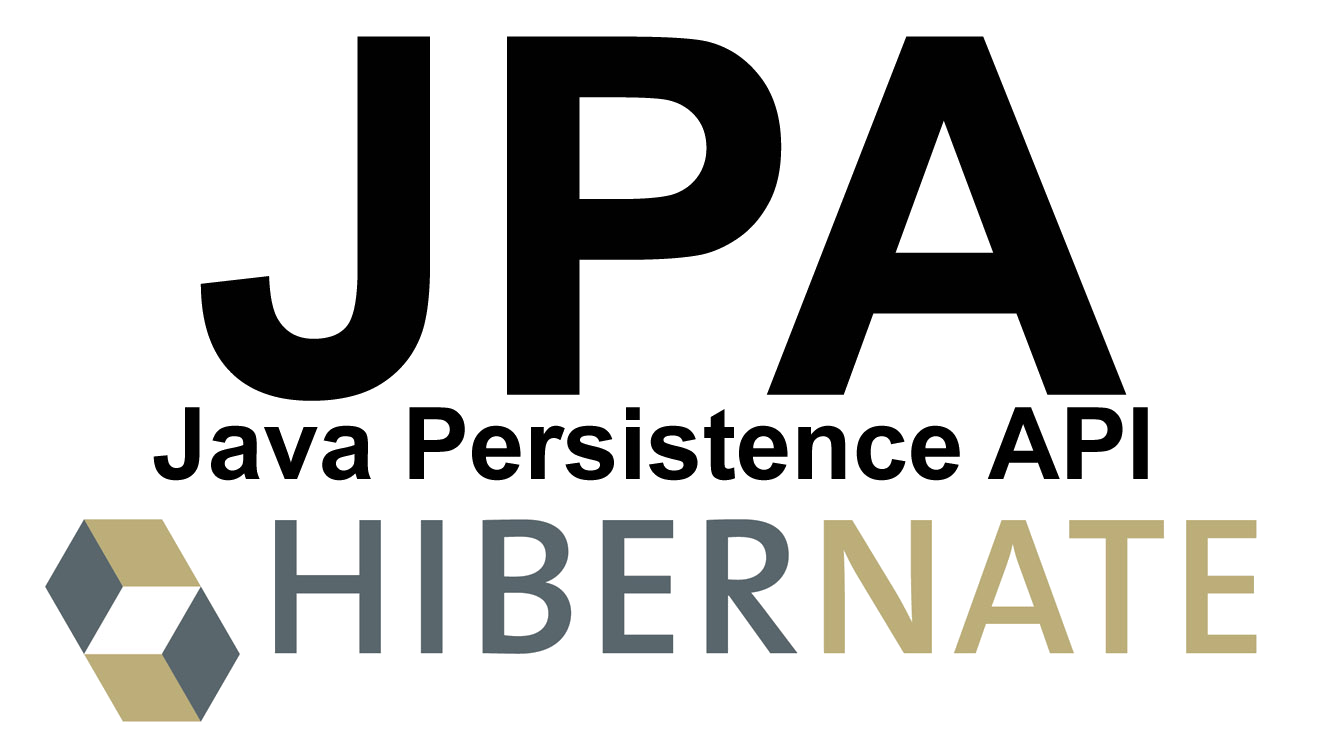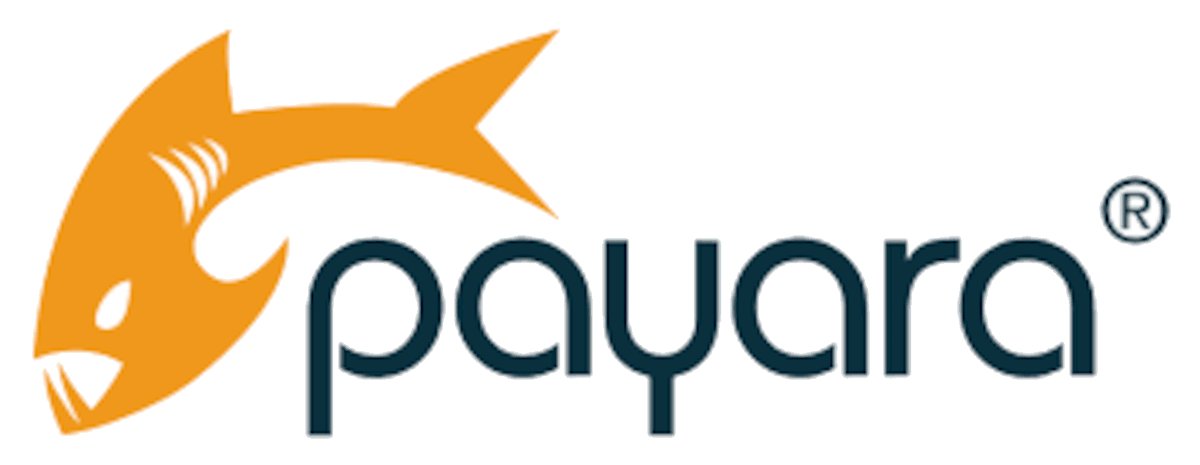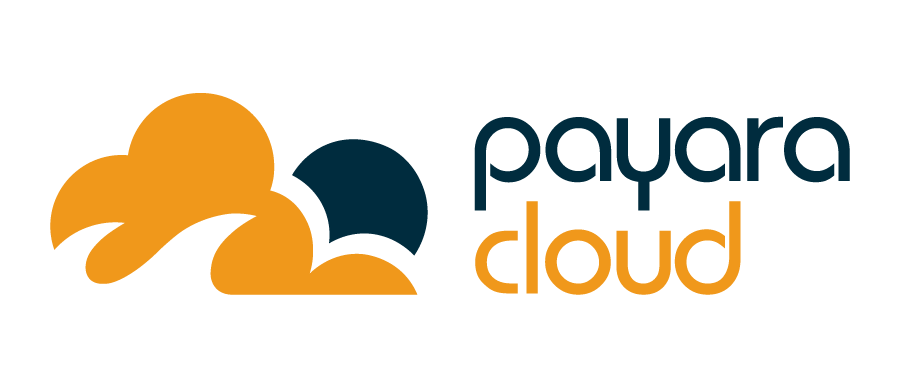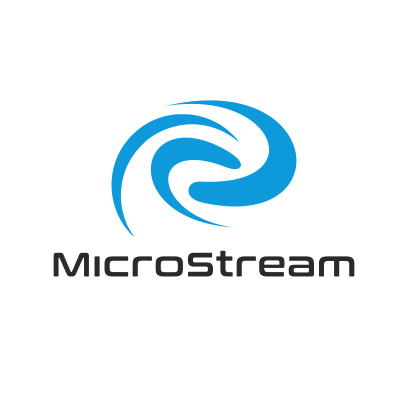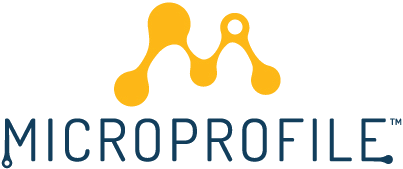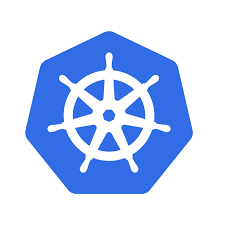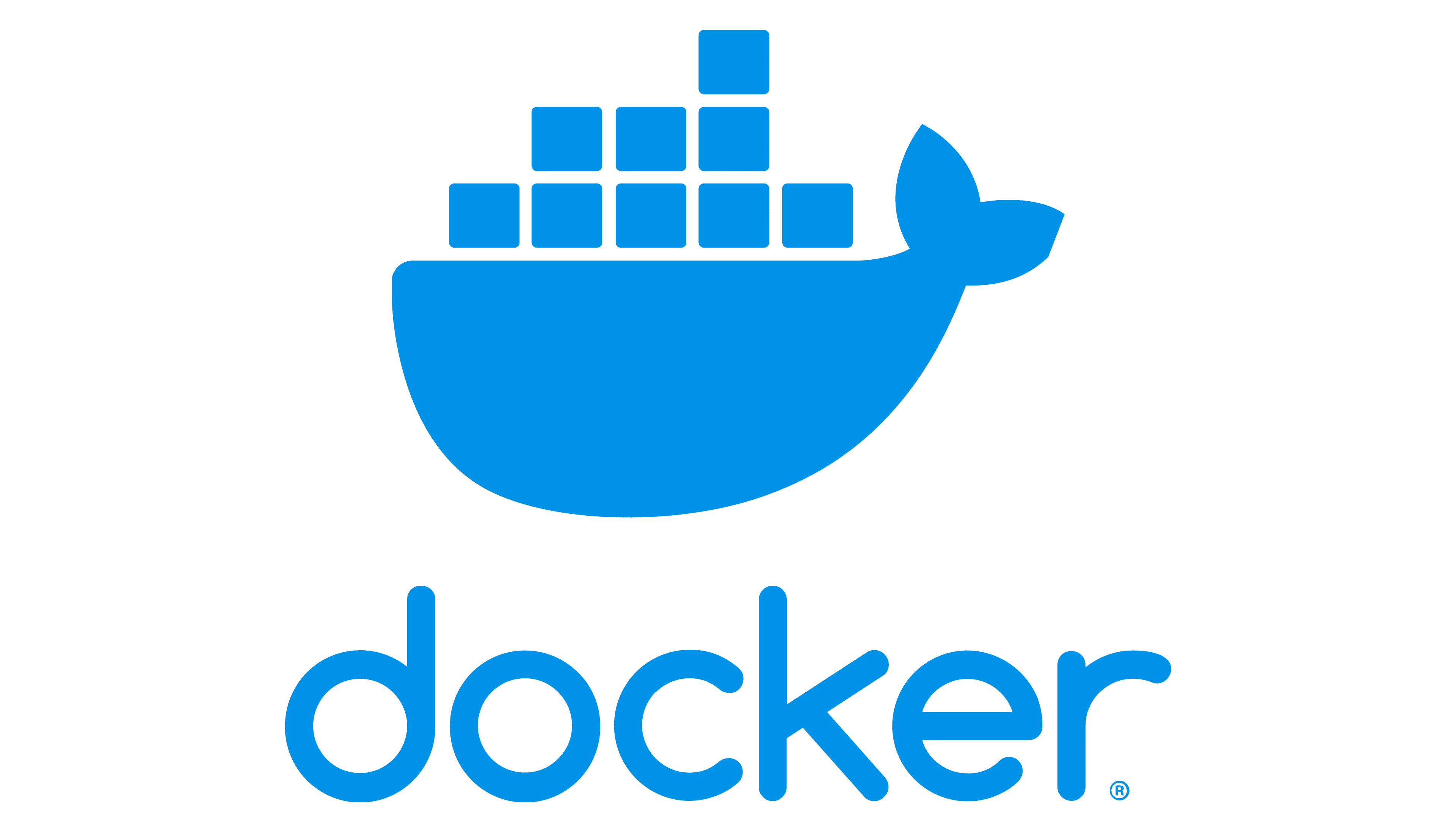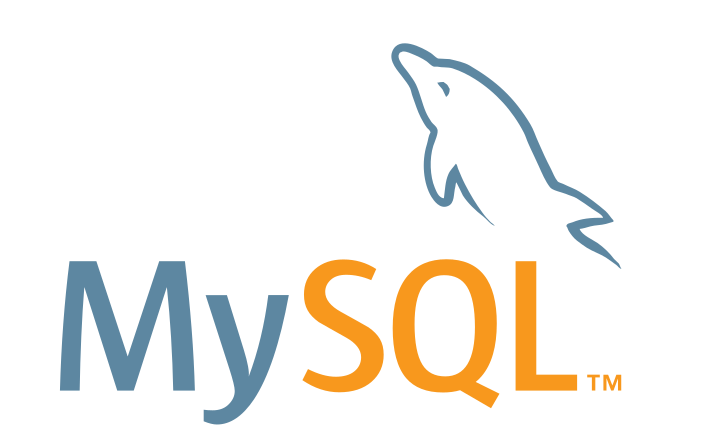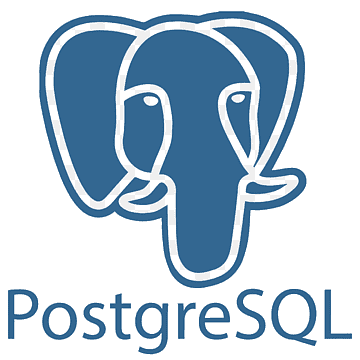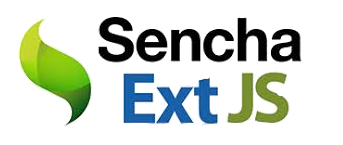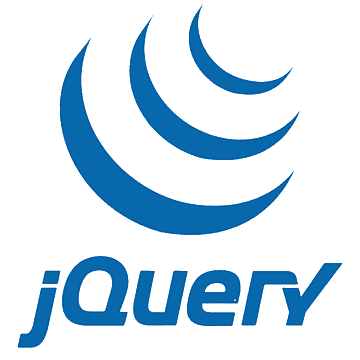Projects in analysis and design

We help agricultural companies maintain the traceability of their products, through semi-autonomous cloud and mobile applications.
When doing the engineering of the project, I realized that I can manage the traceability of any agricultural product, as well as its subsequent transformation processes, using machine learning.
In an agricultural process and its distribution chain, the application will be used mostly by agricultural workers and processing plant operators, as well as by financial and commercial executives.
A large part of traceability is learning about the control of processes and tasks that must be executed and controlled at each point of production in a farm field and commercial sector.
Large exporters must ensure food safety when exporting to regulated markets such as the European economic community.
Traceability is risk management to minimize and control food safety hazards. Each operator in the production chain is responsible for their traceability system.
According to European and American food control laws, they declare that traceability and self-control constitute one of the basic principles of food safety, and define the responsibilities of economic operators and the competent authorities in this area.
The Alimentarius Codex states that the controls (self-controls) that food companies must apply to guarantee the healthiness of the products they produce or market must be based on the hazard analysis and critical control points (HACCP) system. This HACCP system allows the identification, evaluation and control of significant food safety hazards.
The codex alimentarius classifies traceability as a prerequisite.
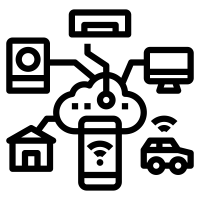
A digital world.
According to the World Economic Forum (WEF), the 4th industrial revolution is a digital revolution that merges technologies between the physical, digital and biological spheres.
Augmented reality (AR, VR), artificial intelligence (AI_), and the internet of things (IOT) accelerate the path towards digitalization.
The Internet of Things (IOT) is a system of computational, mechanical, digital devices, objects, animals or people. interrelated, with the ability to transfer information over the network without human intervention.
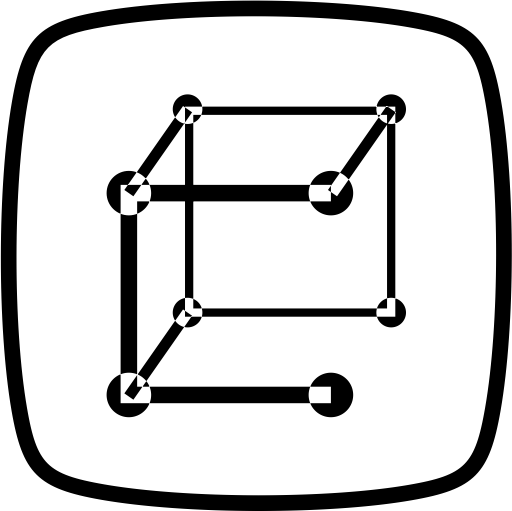
AI, also called machine intelligence, is intelligence demonstrated by machines, in contrast to human intelligence.
Machines (any type of computer) learn from information.
Machine Learning (ML) is the scientific study of algorithms and statistical models that computer systems used progressively to improve their performance on a specific task. These algorithms build mathematical models of information to predict or make decisions, without being explicitly programmed to perform said task.
These algorithms are used to filter email, detect network intruders, understand images and videos, among many other applications.

Augmented Reality the real world with different eyes. Augmented Reality (AR) is a technology that allows us to superimpose virtual elements on our vision of reality.
Augmented reality (AR) is the term used to describe the set of technologies that allow a user to visualize part of the real world through a technological device with graphic information added by this device. This device or set of devices adds virtual information to the existing physical information; that is, a virtual synthetic part to the real one. In this way, tangible physical elements are combined with elements virtual ones, thus creating an augmented reality in real time.
Why we must innovate?

To innovate is to make effective use of technology to improve and/or optimize production processes. Innovating requires acceptance and preparation of personnel to face changes, since traceability would require documentation of compliance with HACCP standards, controls and reactions to incidents in the production process.
-Juan Estuardo Wyss/ Engineer in Kappa Computación
When it comes to innovation, established companies clash with their own structures and mentalities. The biggest threat to innovation is internal policies and organizational culture, which does not accept failures, ideas outside of them, or changes.
-Juan Estuardo Wyss/ Engineer in Kappa Computación
The future of companies is determined by how to synchronize their capabilities with their opportunities. If the opportunities are more dynamic than its capabilities, the Company gets bogged down in its inertia and runs into problems. If capabilities are more dynamic than opportunities, it is because they confused innovation with haste. âSynchronizing capabilities and opportunities is one of the secrets of growth.â
- Xavier Marcet/ president of consultant Lead To Change